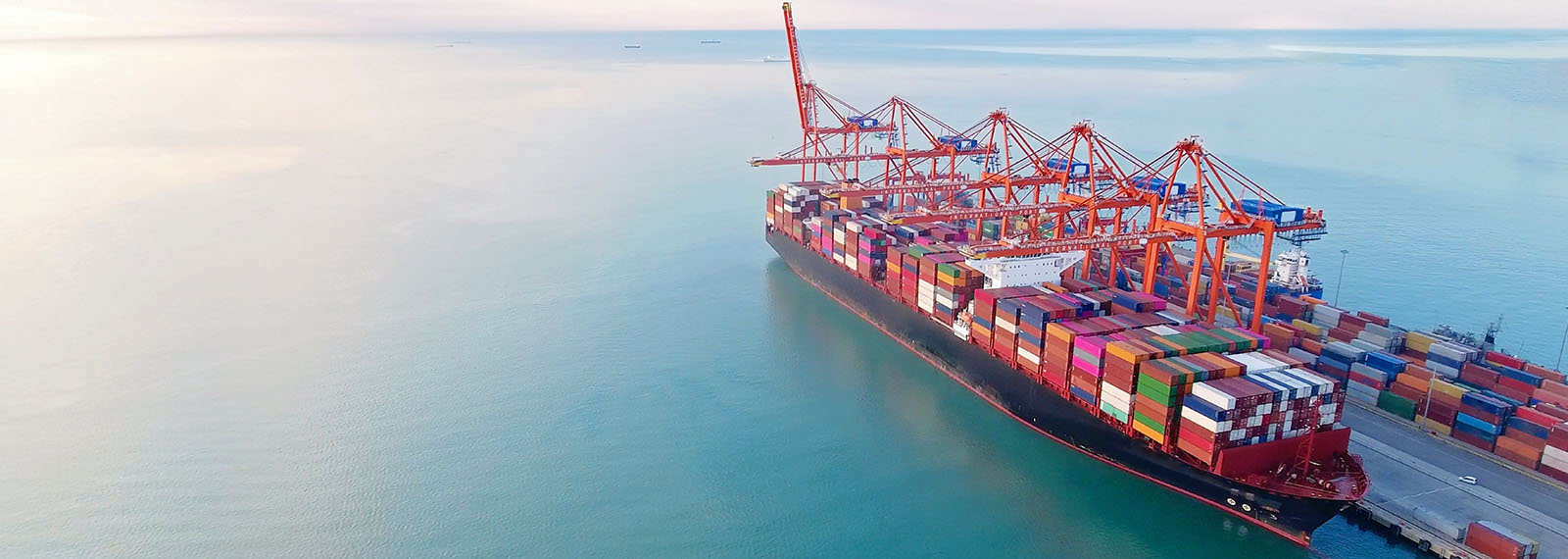Anticipate Change and Assess Supply Chain Risk
During the pandemic era, federal agencies learned just how limited their old supply chain disruption prediction models were. With the forces affecting the global movement of products and materials swinging ever more wildly, they realized the need to anticipate changes instead. Supply chain risk assessment has taken on a whole new meaning and level of importance.
But how should that risk assessment be carried out? For government agencies, protecting operations and mission success from disruptions to supply chains will require leveraging the deepest insights and analytics for any signal of disruption. Supply chains are dynamic, global, and complex – and largely resistant to facile analysis.
In order to successfully navigate forces buffeting supply chains, agencies will need the ability to assess known risk factors and to identify alternate means of acquiring critical resources when supply chains break. The best data-driven analytics tools for protecting agencies against the vagaries of supply chain disruptions must be flexible and adaptable.
Risk Assessment Best Practices
Dun & Bradstreet, a global leader in data analytics and business intelligence, has identified four best practices that will help agencies to minimize impacts of supply chain threats and vulnerabilities:
- Use trusted sources of data
- Identify point of origination and business linkages
- Create a robust and agile monitoring system
- Build a diversified supply chain
Trust Your Data Source
Data, the lifeblood of 21st century organizations, must be of the highest quality. Data should be globally comprehensive, regularly refreshed, and in compliance with all privacy regulations. Data derived from multiple sources provides the strongest validation of suppliers’ identities and the discovery of connections with other entities in the supply chain.
Discover Business Ownership
Risk embedded in complex supply chains can be difficult to identify, particularly when business connections and dependencies lack transparency. Hidden risks often are more of a threat to government programs than vulnerabilities that are easily identified. Among the obscured factors that can raise risk levels are global business relationships, incomplete or inaccurate ownership information, and shifting government regulations that require stewards of supply chains to be constantly vigilant.
When evaluating suppliers, agencies must use trusted sources of data to determine if:
- a business is part of a larger corporate family
- a vendor is owned by a foreign entity
- a single parent company has links to multiple entities in a supply chain
- there are discernible threats – potential fraud, financial stability, cybersecurity risks – in the supply chain.
Monitor Supply Risk
In the realm of managing supply-chain risk, reactivity to threats isn’t an option anymore. To stay ahead of risk and mitigate its impact, agencies must assiduously seek to detect potential problems; take steps to protect assets and resources; be ready to pivot when supply-chain risks change; and plan to continue operations with minimal impact when links in a supply chain become untenable.
Advanced technologies, particularly artificial intelligence (AI) and automation, enable integrated solutions that extract value from data in order to peer into the inner workings of supply chains. These solutions make it possible to monitor Tier 1 suppliers and subsidiary networks in real time, making it possible to identify unseen risks: cyber threats, network vulnerabilities, and business closures that could impact supply-chain efficiency. Detection enables agencies to take corrective action before risks become manifest and harm operations.
Diversify supply chains
Concentrating the supply-chain vendors among too few entities raises the risk of adverse outcomes should something go wrong. Agencies should minimize supply-chain dependency involving companies with manufacturing operations in unstable regions or adversarial countries. Building supply chains with legitimate suppliers and partners in stable parts of the world minimizes security risk. The right tools, using proprietary data and advanced analytics, reveal business intelligence – true ultimate business ownership, foreign influence, hidden business connections – that help agencies to make better-informed decisions.
Forewarned is Forearmed
Although no one can predict the future, we know that threats against supply chain integrity will not go away. They are increasing. Criminals, hackers, rogue states, and foreign adversaries are motivated by illegal profits, sabotage of infrastructure, theft of intellectual property, and the breach of IT systems. Many of the people and entities seeking to disrupt supply chains are well-funded and technically sophisticated. They understand that a supply chain is only as strong as its weakest link. Agencies need to be ready now.
